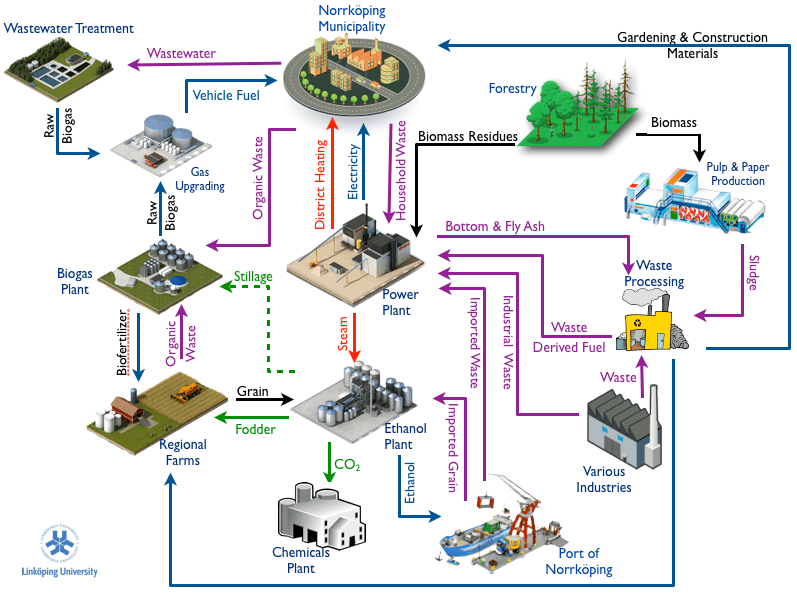Researchers from UNIDEMI at the Universidade NOVA de Lisboa in Portugal took note of the fact that, while 3D printing could serve as a key technology in a circular economy, there is not yet significant discussion of this possibility in the additive manufacturing (AM) industry. To help improve the discourse related to this topic, Inês A. Ferreira, Radu Godina and Helena Carvalho published “Waste Valorization through Additive Manufacturing in an Industrial Symbiosis Setting (PDF)” in the journal Sustainability.
.
AM already has some potentially sustainable characteristics, such as theoretically less waste generated compared to subtractive processes, as well as the ability to reduce physical inventory for manufacturers, the potential to produce goods locally, and the ability to extend the life of products through the fabrication of spare parts. Also of key importance is the possibility of designing more efficient goods. Less frequently emphasized is the potential to use 3D printing in symbiosis with a larger industrial ecosystem. In a circular economy or industrial symbiosis, one industrial operation’s trash is another one’s treasure, with waste from one being used in as a production input in the other. AM is suited for such an arrangement because reclaimed and recycled materials can […]
Case Study: How PepsiCo achieved 96% cost savings on tooling with 3D Printing Technology
Above: PepsiCo food, snack, and beverage product line-up/Source: PepsiCo PepsiCo turned to tooling with 3D printing...





0 Comments